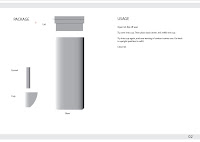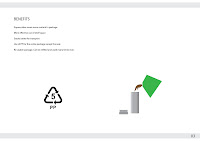The 11th hour is a documentary which goes in
depth into the problems with the worlds environment. The documentary itself is
quite dry and boring, and I can understand why so many people can’t take the
sustainability issue seriously. There is a lot to understand, it isn’t a simple
issue, and this documentary is not going to appeal to those who don’t care
about the environment since they repeat the same thing over and over and it
just drags on. Also some of the people being interviewed don’t help when they
over exaggerate, which will get the denialists scoffing.
However if you are passionate about this topic and don’t have
ADD, you should learn a lot from this, and hopefully it should get you to
research more about certain topics and learn more about the complexity of
ecological and social sustainability,
The most important thing that I’ve always taken from
sustainability documentaries/lectures/articles is that the whole capital system
we have is wrong. We treat economic capital as the number one thing, with
social and environmental below it. It should environmental at the top, social
next then finally economic capital.
Consumerism is another topic talked about in the film. The
way we consume and just want more. As industrial designers we know this, and we
know the problems. But this ties into changing the way that we live. Putting
the environment and society ahead of the dollar.
The film also talks about how technology isn’t an issue. It
is a people issue. People don’t want to change, and there is too much money for
them to lose if they do change. On one hand it says it’s the politicians fault
and the leaders of the companies, but then also goes on to say that we as
people can change it by the way we live and ‘vote’ by purchasing goods that
help the sustainability cause. The governments of the world can definitely help
change the way things are done (putting a price on carbon for instance), but at
the end it is up to local communities and everyday folk like you and me to
change. Don’t blame the government and become apathetic, do something about it.
Industrial designers have a role here. We know the
technology is there, and we design the products, these products become waste, and
they use up energy and resources. We can try to put more sustainable things
into our products, maybe design it so it can be repairable, use less parts, use
energy efficient parts. Also try to use our influence to get others to change
their ways, instead of just sitting back, doing a job and getting paid.
Amazingly, as in depth as the documentary was, there is
still much more to learn about the topic of sustainability. It really is a
complex issue, and it can seem overwhelming to try to understand it. But just try learning a bit here and there and it makes perfect sense. You start to see why things are the way they are, and it'll make you sad and angry and frustrated, but also try to focus on the positives and do what you can to change the way things are.



















